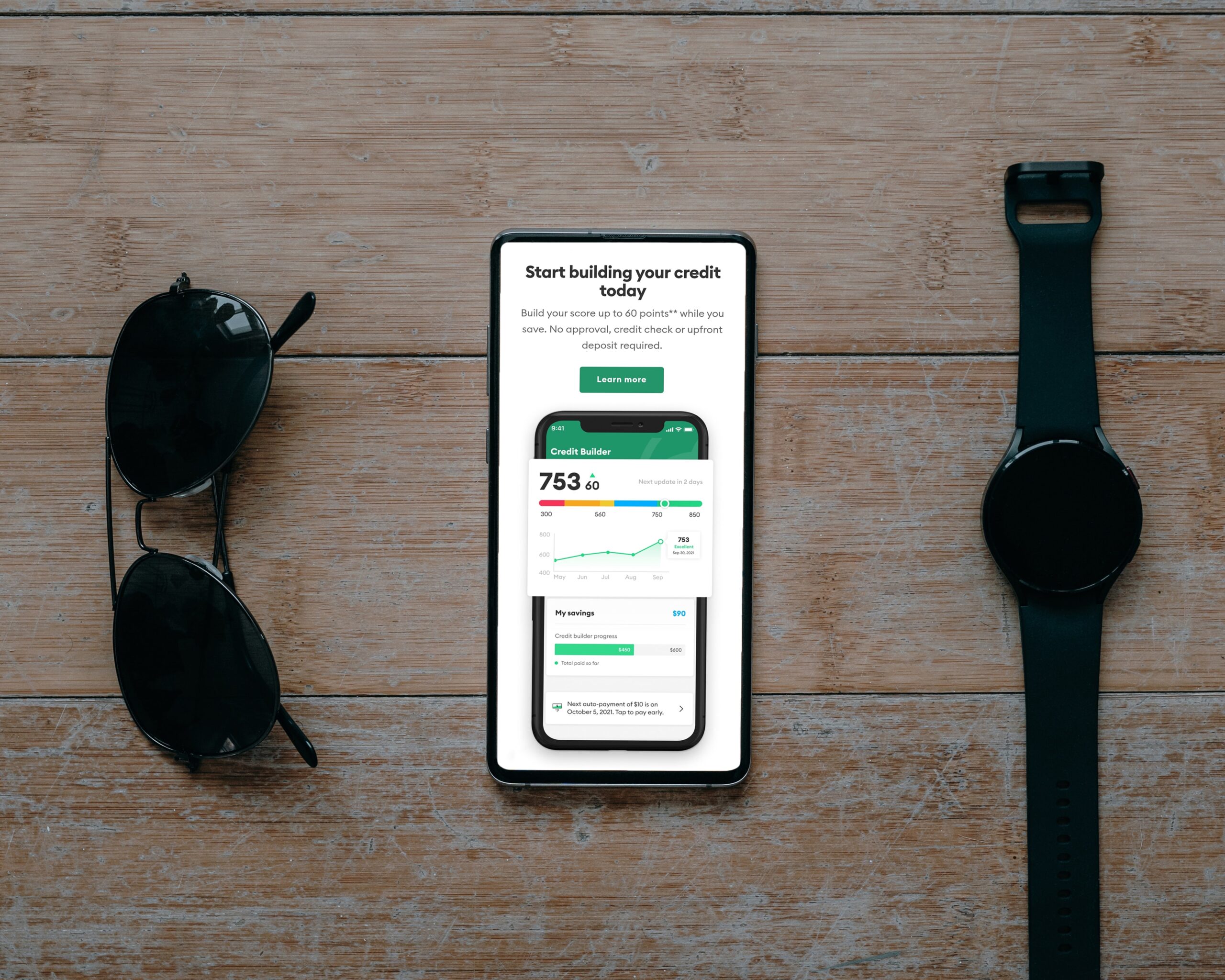What you should know about home inspections as a home buyer
As a homebuyer(Opens in a new window), one of the most important phases in the purchasing process is getting a home inspection.
Guardian Mortgage is ready to assist you every step of the way on your home-buying adventure. We’ve developed a list of the most important aspects of a home inspection to guide you through this stage of the house-buying process. While each of these stages is necessary, they should not be burdensome. The essential steps are as follows:
Step 1: Find a home inspector.
Step 2: Schedule and attend your home inspection.
Step 3: Examine your inspection report
Step 4: Determine your next steps following the inspection report.
With a team of specialists at your side, including your realtor and inspector, you’ll be able to make your house purchase knowing you’re aware of most major flaws and have a plan in place to correct them.
What is a Home Inspection?
A home inspection safeguards you, the buyer, from future problems with your new property. Ideally, an inspector will discover any flaws in the home during the inspection.
This allows you and the seller to discuss how you will handle repairs before finalizing the transaction. At the absolute least, it provides you with a better image of the home you are considering acquiring and whether it is in good functioning order or will require repairs in the future. Even if you do end up having to pay for these pre-determined repairs, knowledge is power, and it’s great to be informed.
Nobody wants unpleasant shocks when buying a house. Having your house evaluated on time helps you avoid unpleasant surprises, which is a significant benefit of a home inspection.
Let’s go over the actions you’ll do during the home inspection process.
Step 1: Hire a Home Inspector
There are numerous locations to seek for home inspector recommendations, including:
referrals from friends, sites like Angi(Opens in a new window), your real estate agent, and professional organizations like the American Society of Home Inspectors (Opens in a new window).
However, don’t rely on someone else’s word as the be-all and end-all of your hiring procedure. Talk to the inspector to discover more about his or her process, read sample home inspection reports, and decide for yourself if you believe they will perform a thorough examination. Consumer Reports(Opens in a new window) provides a more extensive guide(Opens in a new window) to hiring a professional home inspector, including where to place the greatest weight in your decision. Finally, it is up to you to select a house inspection.
If you’re wondering how much a home inspection should cost, keep in mind that it will vary based on where you live. A home inspection usually costs between $300 and $500, according to the Home Buying Institute(Opens in a new window).
Step 2: Schedule and Attend Your Home Inspection
Your home inspection will take conducted shortly after the seller accepts your offer. You should get the home examined as soon as possible, usually within a 10-day window. Typically, you will add a condition in your offer regarding the results and consequences of the inspection. So, don’t be concerned about making an offer before having the house examined.
As the homebuyer, you are responsible for scheduling the house inspection. While only the inspector is required to be there, we urge that you accompany the inspector and walk around the home with him or her. This provides you the opportunity to ask questions along the route. Your real estate agent may also attend the home inspection.
What to Expect on Inspection Day
On inspection day, you and your home inspector will walk around the house, inspecting and testing various home components and making comprehensive remarks. The goal is to ensure that everything functions properly and safely. If it doesn’t, you can devise a solution.
Using a house inspection checklist, your inspector will look at:
Safety and code compliance. According to an article in U.S. News & World Report(Opens in a new window), code violations are more widespread than you might imagine. They include inadequate carbon monoxide detectors, faulty plumbing and electrical installations, and safety measures such as missing handrails.
The foundation, roof, and chimney are all structural components (s).
Mold, insects, or rats are examples of infestations. (Please keep in mind that this is merely a visual evaluation.)
Mechanical components, such as the HVAC system and appliances.
Plumbing and electrical systems.
While it is vital to understand what is covered by a standard home inspection, it is also important to understand what is not covered. How Stuff Works discusses 10 problems that home inspectors do not cover during their house inspections(Opens in a new window). For example, while the inspector will search for visible indicators of mold or termites, he or she will most likely not conduct an in-depth inspection for these. If you believe there is a problem, you will require a secondary, specialist inspection.
Step 3: Examine Your Inspection Report
Following the completion of the examination, your home inspector will deliver a thorough home inspection report for your perusal. This report will describe both small and major issues that you may want to fix before closing on your home. You and your real estate agent should go over it together before deciding what to do next.
Step 4: Determine Your Next Steps Following the Inspection Report
You have a few options now that you have the report in hand. You can buy the house as-is, ask for repairs to be performed at the seller’s expense (Opens in a new window), or opt not to buy the house at all.
If you wish to seek repairs, you can negotiate who will pay for them with the seller. However, there are several state regulations (including seller disclosure laws) that require the seller to pay for the repairs.
Consider the cost of the repairs as well as the amount of work that will be required. For example, if there are electrical or plumbing difficulties, we recommend asking the seller to pay. These repairs usually necessitate the services of an outside professional and have an impact on the home’s safety and usage. However, if it’s a little adjustment that you can do yourself for less than $100, save your leverage for bigger fixes.
Once you’ve agreed on the repairs, keep an eye on things to ensure the work is done to your satisfaction before closing.
If the inspection report’s findings are really poor, you may opt not to buy the house at all. As previously said, purchase contracts often provide you a “exit” if you decide the home isn’t suited for you following the inspection. The trick is to carefully craft your purchase contract, so consult with your agent before submitting an offer.
Whatever the outcome of your home inspection, the inspection is crucial and should not be too stressful. With your home inspection report in hand, you should have peace of mind knowing the important data regarding the home you’re buying.





























